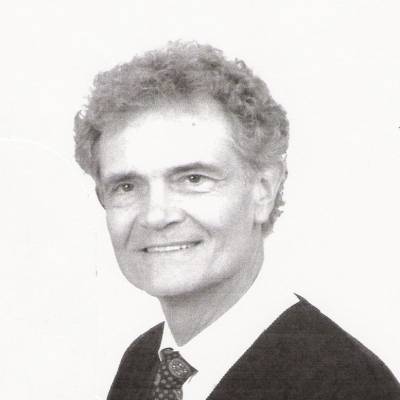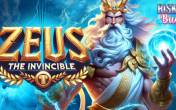
Keith Taft
Childhood
Keith Taft’s early life is not widely documented, but his academic background reveals a sharp, analytical mind. He earned undergraduate degrees in music and physics and later completed a master’s in physics. Before diving into gambling, he taught music for five years and physics for three years, then worked at Raytheon in Mountain View, California.
Career
Taft’s gambling journey began in 1969 during a trip to Reno, Nevada. He became fascinated with the game after winning $3.50 on a blackjack hand. Inspired by Edward Thorp’s Beat the Dealer, he studied card counting but struggled to succeed.
Frustrated by losses, Taft turned to technology. In 1972, he built "George"—a 15-pound wearable computer that advised players on optimal blackjack moves. Despite its innovation, George didn’t bring immediate success, but it began Taft’s legacy as a gambling tech pioneer.
By the 1970s and 80s, Taft and his son Marty developed miniature cameras hidden in belt buckles, transmitting dealer hole cards to accomplices via satellite dishes in casino parking lots. Their team, including blackjack legend Ken Uston, won over $100,000 in five weeks before being caught. Though their devices were deemed not illegal at the time, casinos later banned such technology.
Personal life
Taft was married to Dorothy, who supported his ventures despite early financial struggles. His son Marty became a key collaborator in developing gambling technology.
Revenue
While exact earnings are unclear, Taft’s devices helped players win millions in the 1970s and 1980s. His partnership with Uston proved highly profitable before legal scrutiny arose.
Interesting facts
- Taft may have invented early computer networking by linking players electronically.
- He was among the first to capture video on a computer digitally.
- Some credit him with creating the first microcomputer.
- His belt-buckle camera led Nevada to ban gambling devices in 1985.
Legacy
Keith Taft was inducted into the Blackjack Hall of Fame in 2004. His inventions laid the groundwork for modern advantage-play technology, even though casinos now strictly prohibit such devices. The Barona Valley Ranch Resort and Casino displays some of his gadgets in their museum.
Frequently asked Questions
Initially, yes. His early computers weren’t considered cheating devices. However, Nevada outlawed them in 1985 after his belt-buckle camera was discovered.
Yes, especially during his partnership with Ken Uston, where his team won $100,000+ in weeks.
While illegal, some modern advantage players use similar hidden tech. Casinos now have advanced surveillance to detect such methods.
He passed away in August 2006.
















